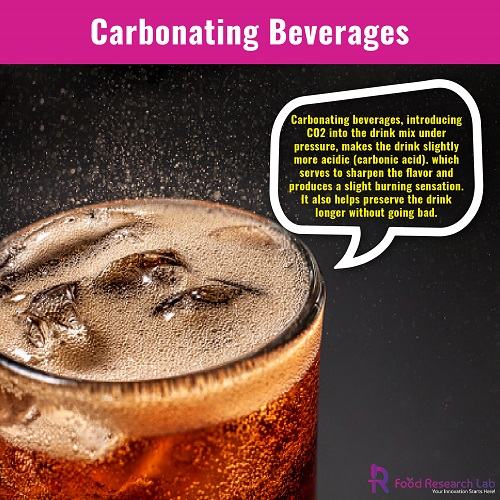
Carbonation Of Beverages And Associated Fizziness
Carbon dioxide is colourless and odourless, and it’s hardly much to write home about on its own. The carbonic acid produced during the carbonation process, on the other hand, is what gives you that fabulous fizz and tingling sensation. The fizzier your drink is, the colder it is and sealed the tighter. Water can withstand around 8 grammes of carbon dioxide per litre. As a result, if there is too much carbon dioxide in the water, it will stay there until the pressure is removed, the carbon dioxide leaves and the beverage flattens. Carbonation can also happen in nature. Carbonation can also be mass-produced artificially by which carbon dioxide is poured into the liquid at high pressure. To keep the carbonation within, the container is then shut. Carbonated water (water with dissolved carbon dioxide), a sweetener, and natural or artificial flavouring are common ingredients in sodas and other carbonated soft drinks.
Water that has been infused with carbon dioxide gas under pressure is known as carbonated water. Sparkling water hydrates equally as much as calm water. Natural carbonation is present in sparkling water, and its bubbles are created by naturally occurring carbonation in spring or healthy. The alteration between the two is that soda water is not naturally carbonated, and when soda water is infused with minerals, it gets carbonated. Food Research Lab can help food businesses develop beverage and healthy drink products and launch them in the market.






